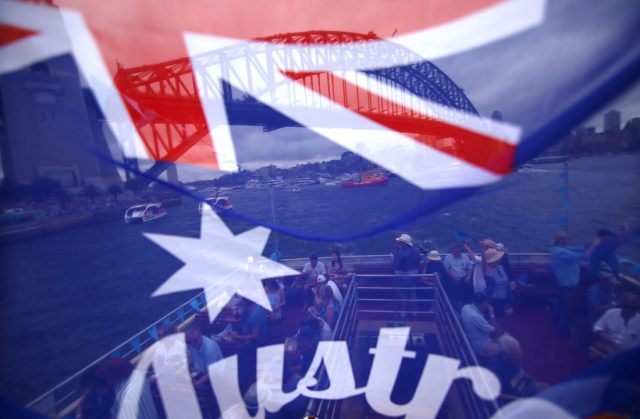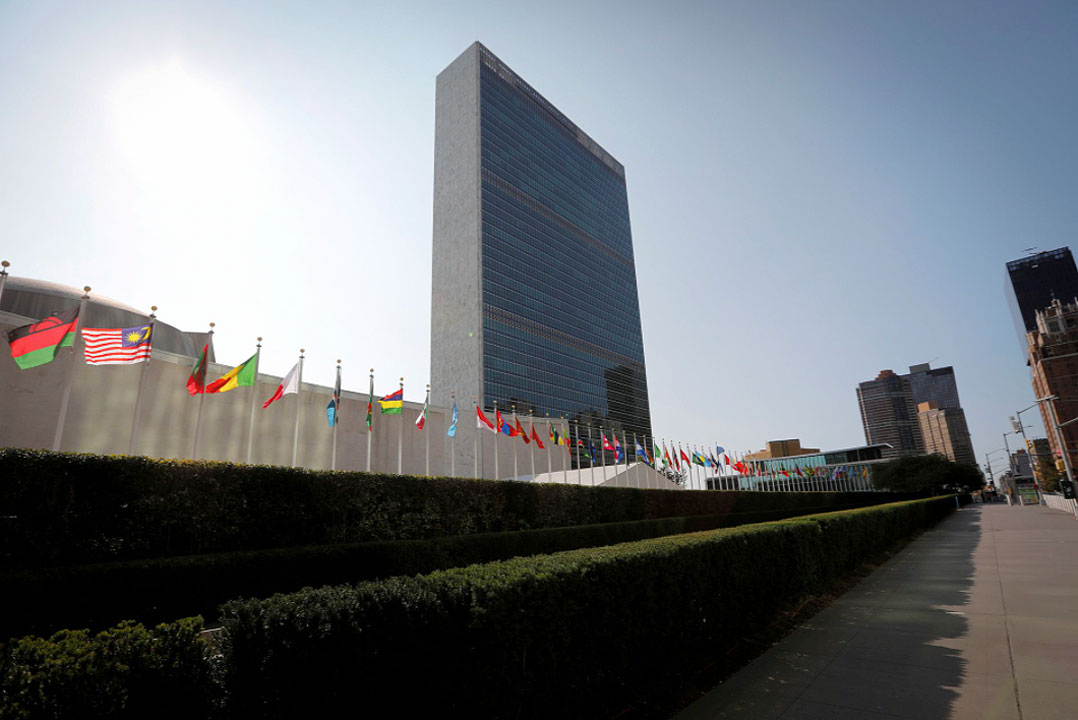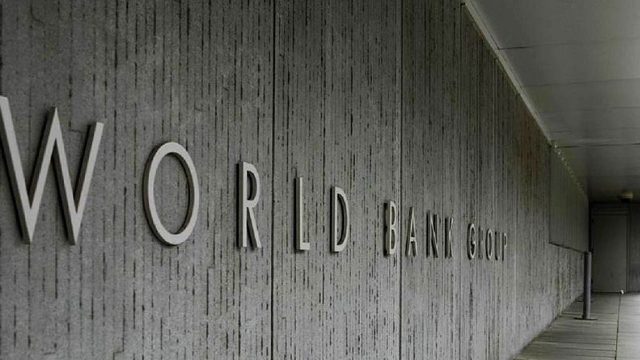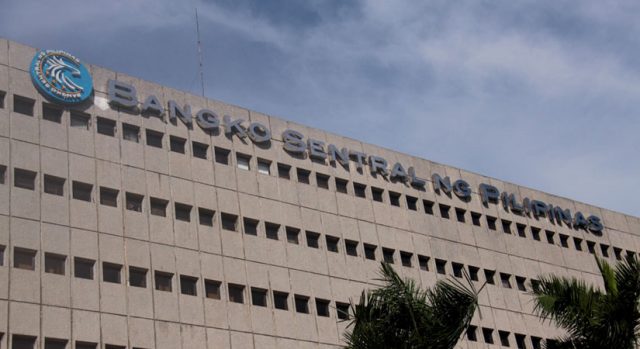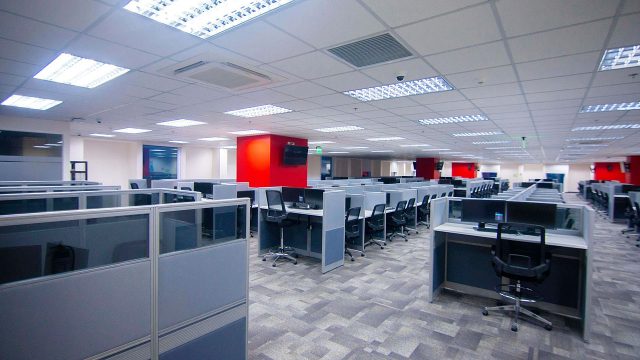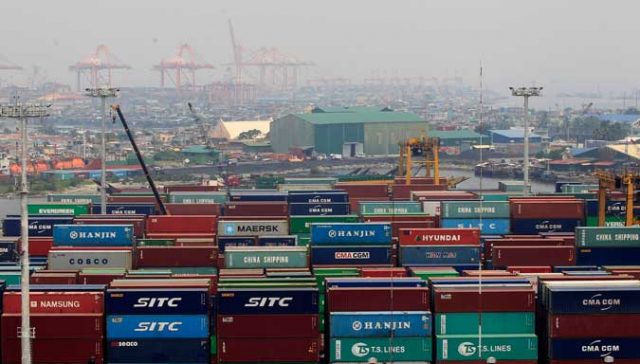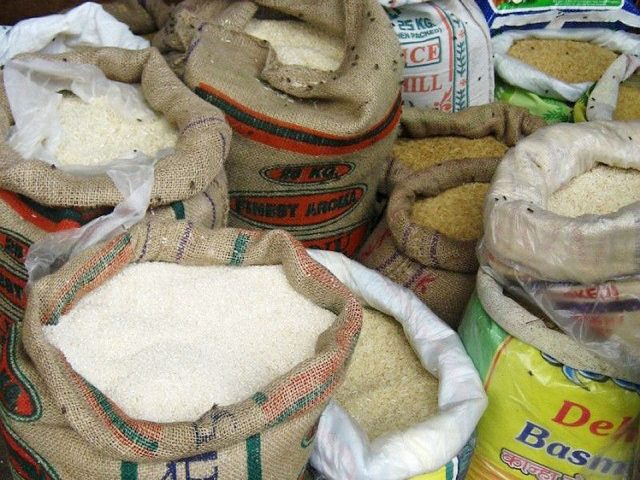Australia says it was ‘upfront’ with France over submarine deal
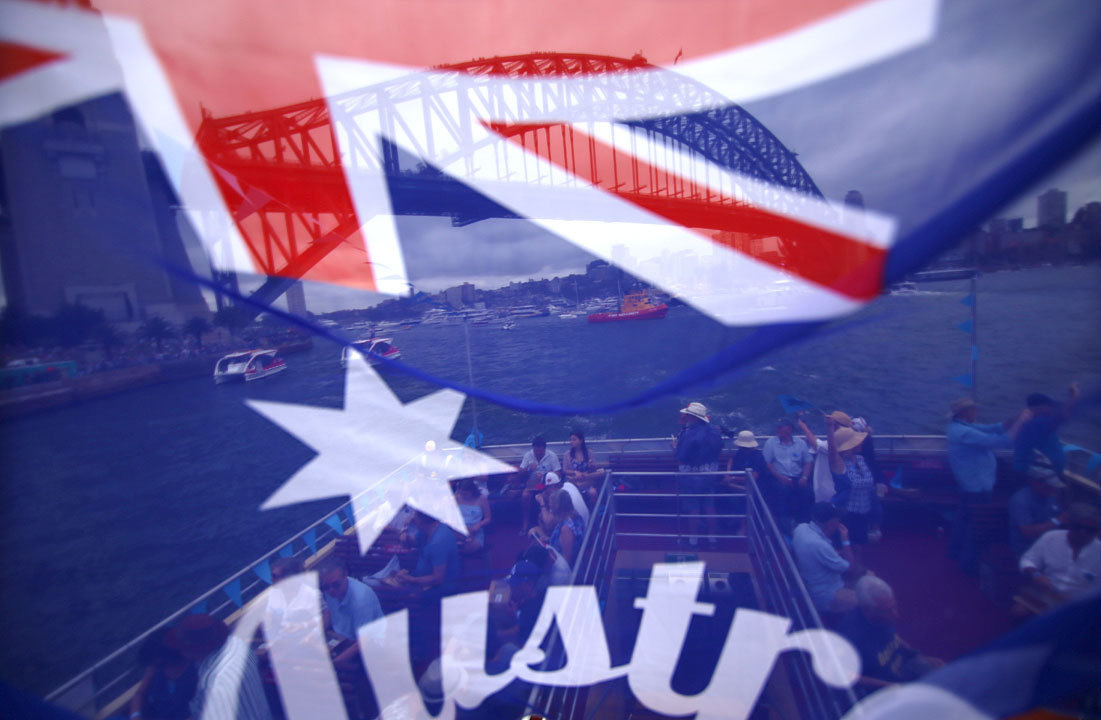
MELBOURNE — Australia was “upfront, open and honest” with France about its concerns over a deal for French submarines, its defense minister said on Sunday, as a new deal with the United States and Britain continued to fuel a multinational diplomatic crisis.
Australia ditched the 2016 deal with France’s Naval Group to build a fleet of conventional submarines, announcing on Thursday a plan to build at least eight nuclear-powered ones with US and British technology in a trilateral security partnership.
The move infuriated France, a NATO ally of the United States and Britain, prompting it to recall its ambassadors from Washington and Canberra, and riled China, the major rising power in the Indo-Pacific region.
The deal has put Washington in an unprecedented diplomatic crisis with France that analysts say could do lasting damage to the US alliance with France and Europe, throwing also into doubt the united front that the Biden administration has been seeking to forge against China’s growing power.
Paris has called the cancellation a stab in the back, with Foreign Minister Jean-Yves Le Drian saying relations with the United States and Australia were in a “crisis.”
But Defense Minister Peter Dutton said on Sunday that Australia had been raising concerns with France over the order — valued at $40 billion in 2016 and reckoned to cost much more today — for a couple of years.
“Suggestions that the concerns hadn’t been flagged by the Australian government, just defy, frankly, what’s on the public record and certainly what they’ve said publicly over a long period of time,” Mr. Dutton told Sky News.
Prime Minister Scott Morrison said on Friday he had expressed “very significant concerns” about the deal to French President Emmanuel Macron in June and made clear Australia “would need to make a decision on in our national interest”.
Finance Minister Simon Birmingham said Australia had informed France of the deal but acknowledged on Sunday the negotiations had been secret, given the “enormous sensitivities.”
Mr. Dutton and Mr. Birmingham declined to reveal costs of the new pact, although Mr. Dutton said “it’s not going to be a cheap project.” — Reuters

